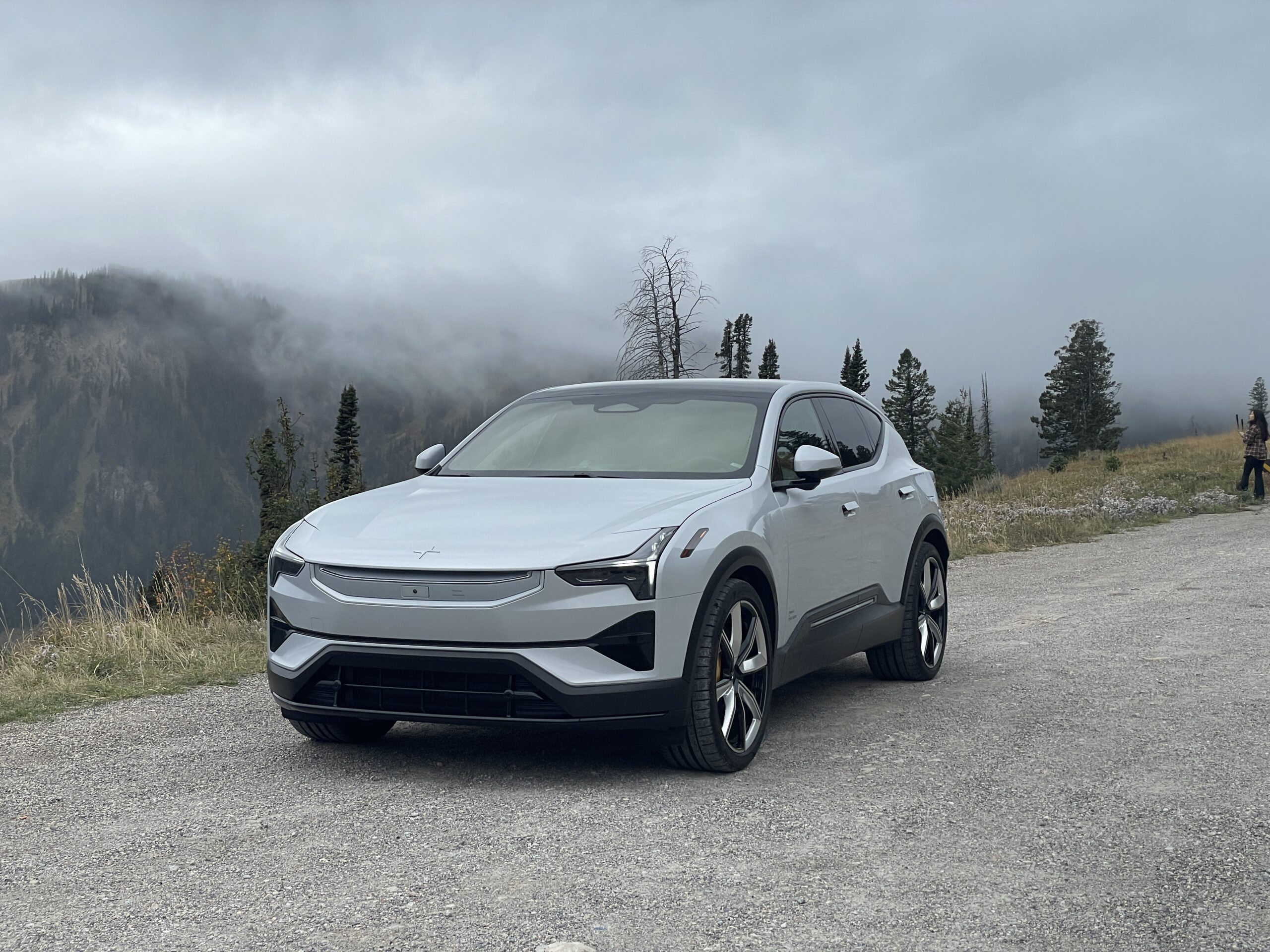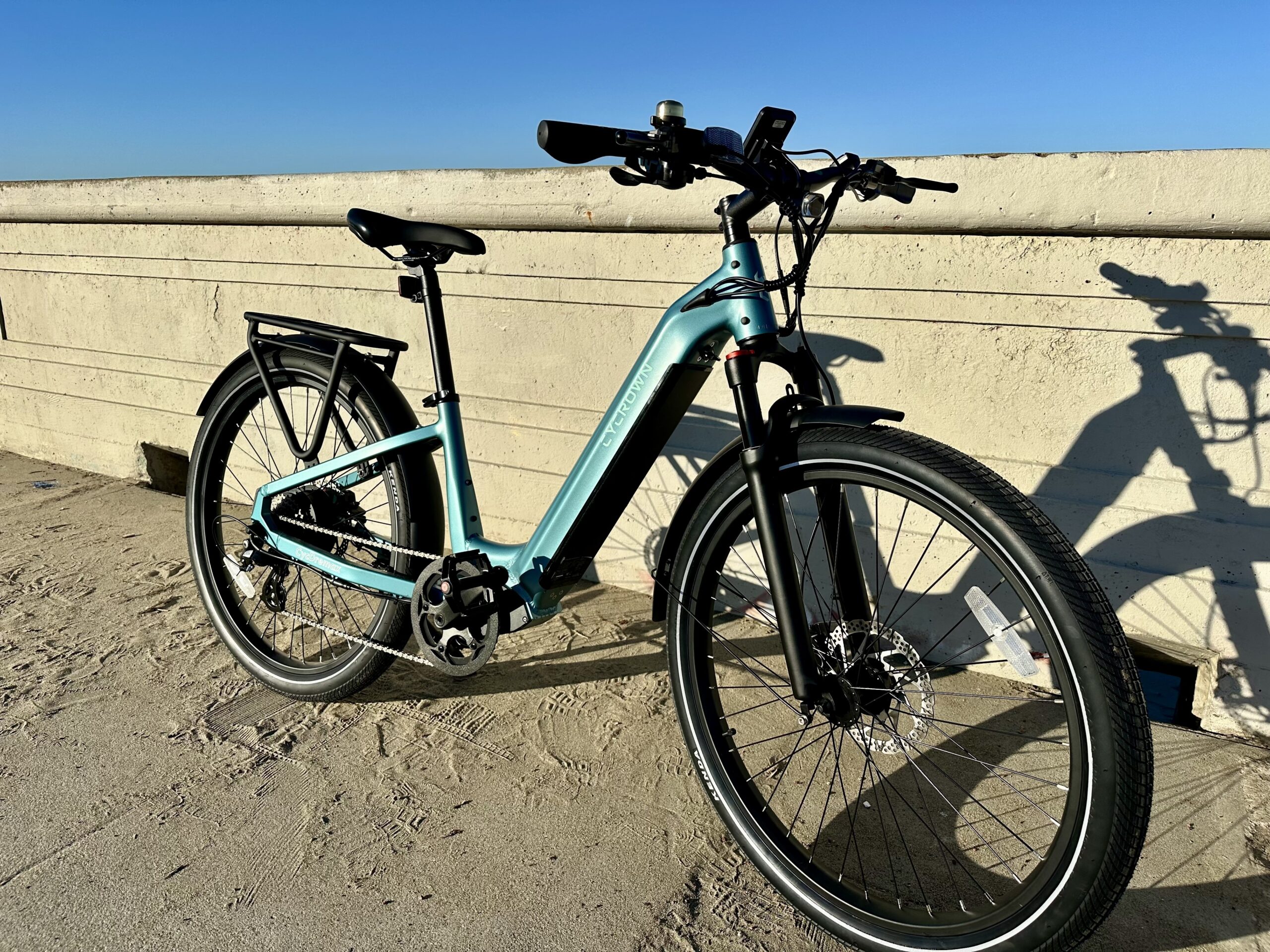
Sign up for daily news updates from CleanTechnica on email. Or follow us on Google News!
A couple of weeks ago, Michael Barnard published a great article on Tesla’s approach to autonomous driving, what he thought about it a decade ago, what’s happened since then, and whether Tesla can ever achieve robotaxi-level self-driving. There were a lot of great comments under the article. A few articles could certainly be written based on them. However, one comment, from commenter “D Nelson,” stood out to me as a unique take with clever wording that I thought should be published as a standalone article. Here is the comment (with minor edits and images added):
Does anyone bother to ask Waymo how their cars work? Everyone uses some level of map — Waymo, Tesla, and humans. It seems the detail level Waymo uses is highly overstated. The size the map required at the resolution claimed by people to cover the 315 square miles in Phoenix that Waymo covers doesn’t math out. Plus, the half life of any map is about 5 minutes. It is always changing. Roads in downtown Phoenix change by the hour. Construction, road repairs, water and sewer repairs, accidents, event traffic, reversing lanes, and so on — the changes are on a daily and hourly basis.
Humans also use a highly detailed map of their environment, the map of the inside of my house is at the cm resolution, my desk in the millimeters, switch out my keyboard and I will have to update my map. Outside of my house that resolution drops quickly. Go to another city and my resolution is really bad.
Last time I looked at humans, they are equipped with a wide array of sensors — sight, sound, smell, taste, pressure/ touch, vibration, and temperature to name a few. Claiming humans can drive with only two eyes is false. I am only alive today because my sound sensors warned me, at least twice, of vehicles traveling at unsurvivable rates of speed if I was in their path. Taste might not useful in the operation of a vehicle, but others are helpful.
I have talked to a few knowledgable people working at Waymo at various events. From what they tell me, when they open up an area, test drivers in the new area are only looking for edge cases that confuse the car, then they look into why the car did not respond as expected. As they keep expanding, they find fewer and fewer edge cases. At this point, they have over 20 million autonomous miles on public roads with tens of thousands of riders.
After about a decade, Tesla has 0 miles and 0 riders on public roads. I am questioning if Tesla even has a functioning AI, people are making the same corrections over and over and it is not learning. I fell for the robotaxi song and dance for few years, at some point you have to start questioning the lack of progress.
Chip in a few dollars a month to help support independent cleantech coverage that helps to accelerate the cleantech revolution!
Have a tip for CleanTechnica? Want to advertise? Want to suggest a guest for our CleanTech Talk podcast? Contact us here.
Sign up for our daily newsletter for 15 new cleantech stories a day. Or sign up for our weekly one if daily is too frequent.
CleanTechnica uses affiliate links. See our policy here.
CleanTechnica’s Comment Policy






